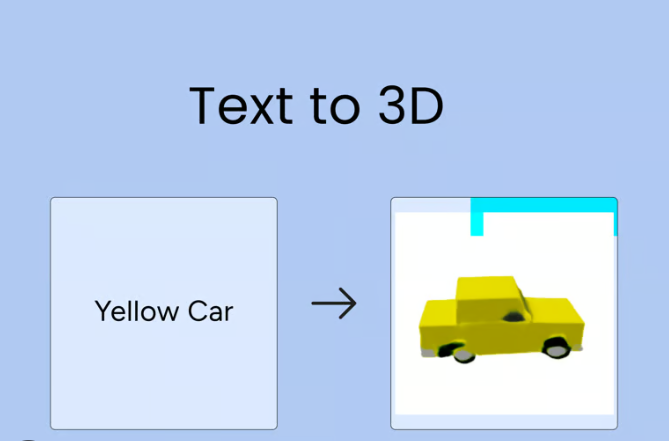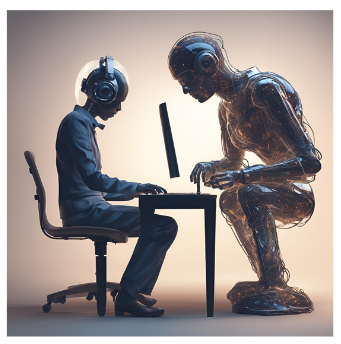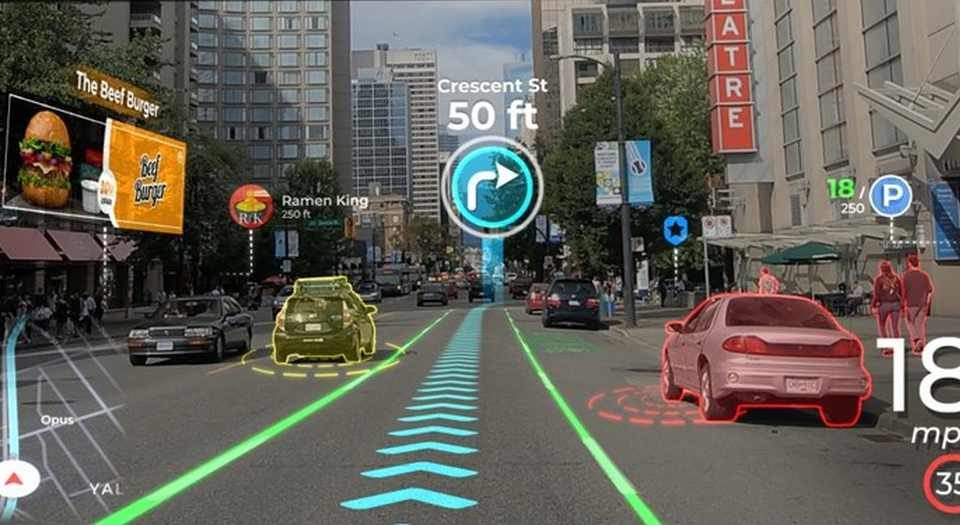Creating a technical and detailed 3D model by simply describing it seems like the far-off future, but by integrating generative AI (GenAI) into an advanced modeling software like SketchUp, it can be achieved using current technologies. If you want to design a house or a complex component for your 3D printer, all you have to do is describe it.
SketchUp is currently one of the most popular 3D modeling tools used by a broad range of people, from students and non-expert users to professional designers. Its intuitive interface has made it a great choice for many different professions and use cases. That’s why incorporating GenAI into this software can make 3D modeling even faster, easier, and more accessible, regardless of how skilled you are at modeling.
Currently, 3D modeling comes with a steep learning curve, if you want to create an idea you will need to build it from (close to) scratch or adjust a model you can find in SketchUp’s ‘warehouse’ (Their online model marketplace). But GenAI will allow even beginners who don’t know how to use professional tools to explore creative ideas and tweak these ideas to fulfill their needs.
For existing professional users, GenAI will allow them to greatly improve their current workflow. The GenAI can be used to quickly generate prototypes or get repetitive parts for a project made faster. If they want to test different lay-outs or quickly generate multiple variations, all the manual work can be done by the GenAI tool. This way, professionals can focus on using their technical expertise to perfect and enhance the models for further use and let their creativity flow more.
We would love to hear your feedback on this idea, would you use a tool like this? Or would GenAI take away the creativity of 3D modeling? Either way, we think that tools like this will shape the future of the digital modeling industry, and are excited to see where these new technologies take the 3D modeling industry.



